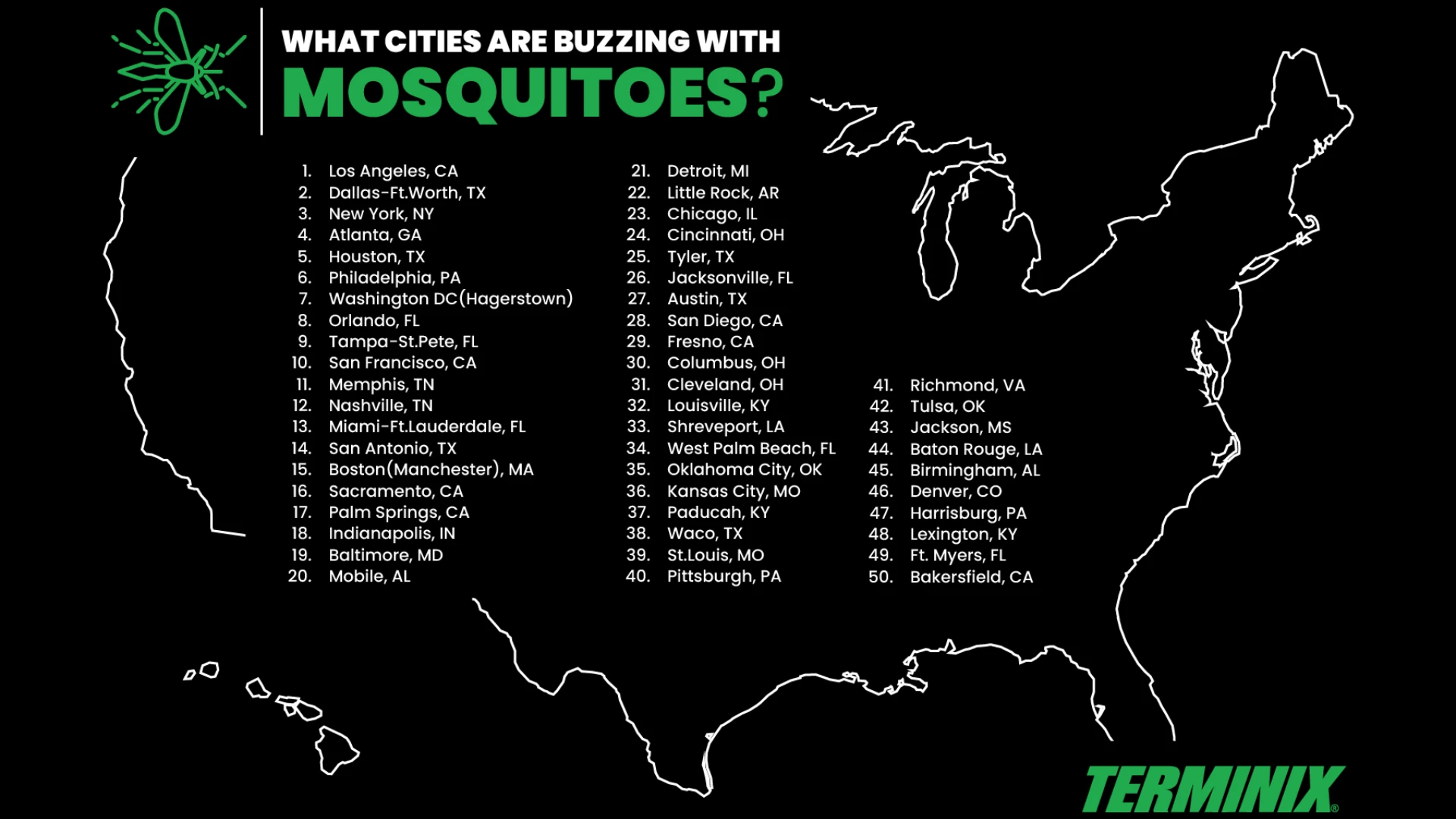COCKROACH CONUNDRUM
Q. I am having trouble controlling German roaches with my current bait. Can I mix baits or use more than one? What about other approaches? What does a "clean out" of a kitchen bathroom infested with German roaches consist of? (R.R., Fla.)
A. There are not too many questions about German roaches these days, unless of course you run into a problem. Our "clean out" procedures have changed significantly over the last few years with the advancements of bait products. When customers are facing huge German cockroach populations they do not expect elimination today or tomorrow. After all, they have tried and have not been successful.
We have a whole arsenal of baits, liquids and dusts to reduce populations and we can physically remove roaches with vacuums. What is missing from the clean-out scenario today is the requirement for customers to empty cabinets. In some situations, it would be easier to work in and under sinks with the contents taken out. Customers should be given instructions similar to what we give them for flea control, i.e., remove objects from around the kitchen, throw out paper bags, remove trash, clean out under sinks, etc.
Application consists of several steps; if you are going to use a vacuum you should do this first. I recommend using vacuums equipped with HEPA filters (most vacuums available today have these). Bait cracks and crevices in cabinets under sinks, in pantries, etc., by removing drawers and baiting behind and under them. You can use one or more baits but most of the time one product will do the job. You have to consider the type of bait you are using and the surfaces to be treated. Most bait products today stay moist and do not harden after they lose most of the water in the formulation.
Dusts can be used for applications into cracks and crevices and behind appliances or under refrigerators. Using non-repellent dusts by themselves stirs up the resident populations. Do not dust on top of baits; if you accidentally do use a non-repellent dust and get some on the bait site, there would be no repellency. Remove switch plates and dust into walls. Drill holes into false bottoms of cabinets and dust.
Next, liquid application of residuals (aerosol or mixed solutions) can also be used. Do not treat baited crack and crevices. Microinjection into wall voids can also be considered. Also consider using an IGR in the tank mix.
I do not favor fogging or ULV-type applications. On the next visit, place sticky traps to monitor for hot spots. Replace depleted bait if there is evidence of continued activity.
Probably the most difficult step in this type of clean out is selling the customer on the concept. They are probably used to the "nuke it" approach by fogging, etc. But most likely, these methods did not work effectively for long. Our approach offers more complete control of the population and the account.
If you continue to have problems with baits, look at the product and its formulation. In this case you may be using a product that has been recalled because of field acceptance problems.
Most baits available today are readily accepted by roaches and as already stated, remain soft for future feeding. But keep in mind that some baits harden on certain surfaces and become unacceptable to the roaches.
The author is president of George Rambo Consulting Services, Herndon, Va. Fax questions to him at 703/709-9637 or via e-mail at grambo@pctonline.com.

Explore the March 2001 Issue
Check out more from this issue and find your next story to read.
Latest from Pest Control Technology
- Photo Slideshow: Ant Identification Tips
- Video: Top 10 PCT Photo Contest Finalists
- UF/IFAS Study Reveals Boats as Perfect Vessels for Global Termite Spread
- Pest Control Consultants (Iowa) Earns Pinnacle Performance Award
- Syngenta's Chris Keefer Reviews Ant Control, Products in Latest Ant Market Report
- PCT/BASF Launch 2025 Technician of the Year Awards Program
- Target Specialty Products, MGK Partner for Mosquito Webinar
- Cockroach Control and Asthma







